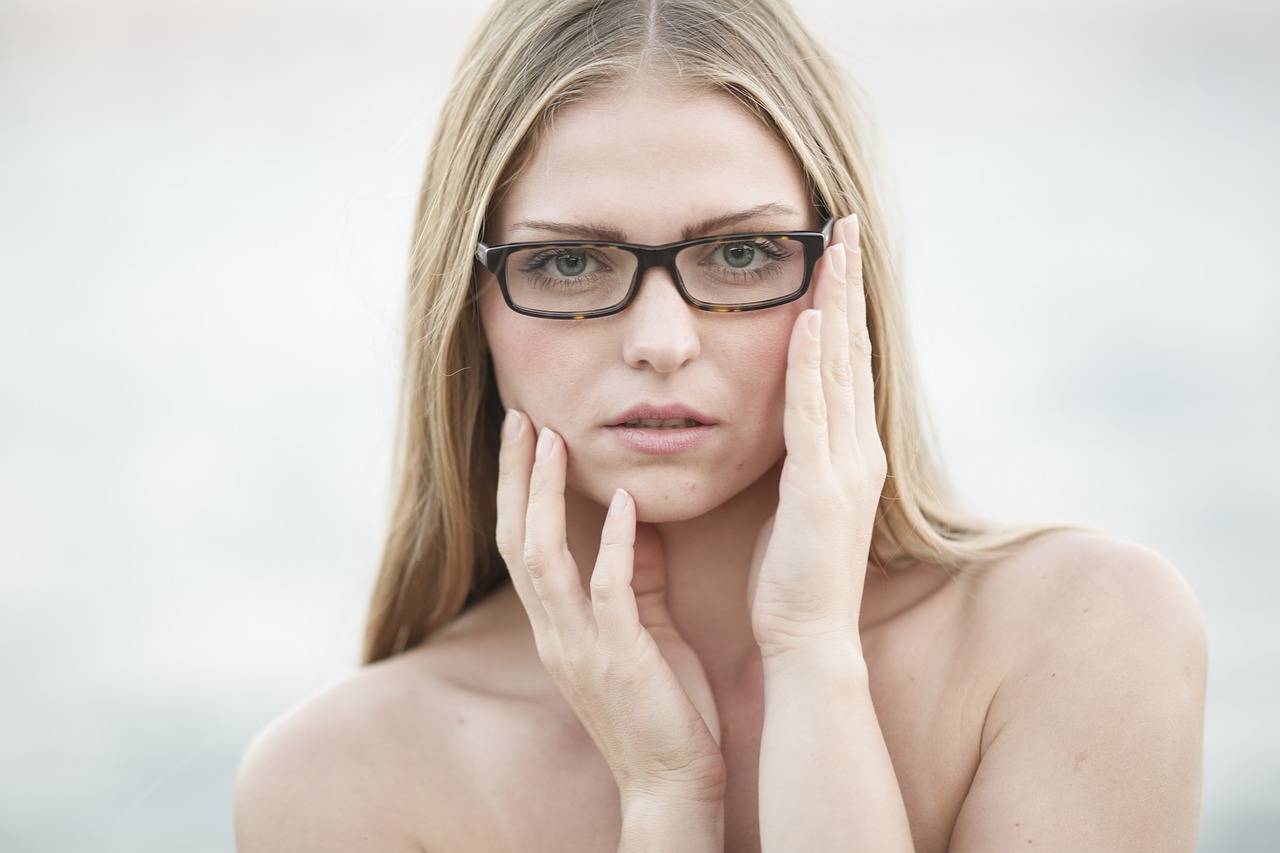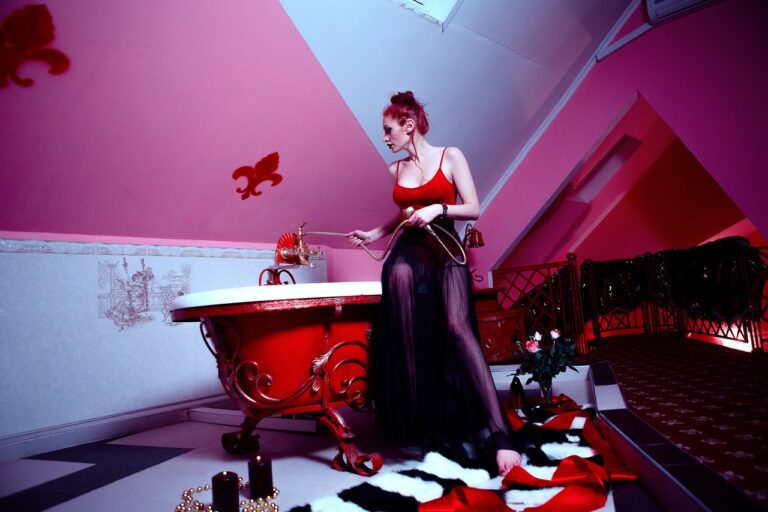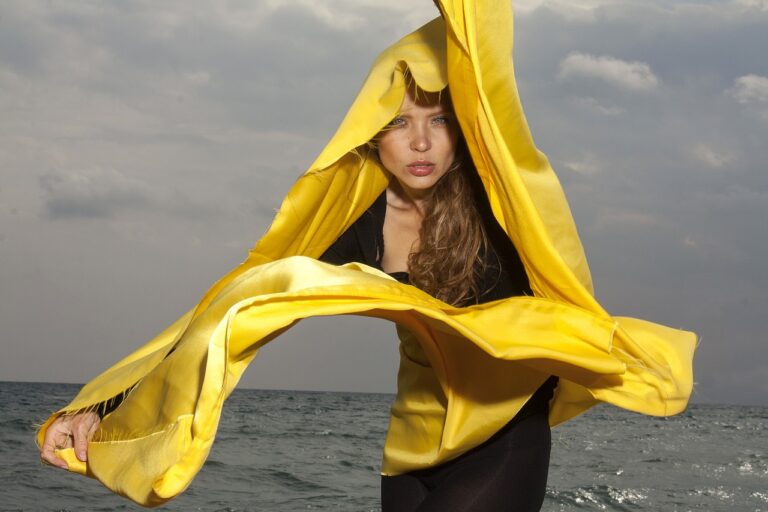Fashion and Virtual Reality: Exploring Immersive Shopping Experiences: Laser247, Lotus365, Sky247 login
Laser247, lotus365, sky247 login: Fashion and Virtual Reality: Exploring Immersive Shopping Experiences
In recent years, the fashion industry has seen a significant shift towards embracing technology to enhance the shopping experience for consumers. With the rise of virtual reality (VR) technology, fashion brands and retailers are now able to create immersive shopping experiences that blur the lines between the physical and digital worlds.
Virtual reality has the potential to revolutionize the way we shop for clothes, accessories, and footwear. By putting on a VR headset, consumers can step into a virtual store where they can browse through products, try them on virtually, and even see how they look in different settings. This level of immersion allows shoppers to make more informed purchasing decisions and provides a more engaging shopping experience overall.
### The Rise of VR in Fashion
Fashion brands and retailers have been quick to adopt VR technology as a way to stand out in a crowded marketplace. Companies like Tommy Hilfiger, Topshop, and Rebecca Minkoff have all experimented with virtual reality to create unique and interactive shopping experiences for their customers.
For example, Tommy Hilfiger launched a VR experience in select stores that allowed customers to watch the brand’s runway show in 360-degree virtual reality. Similarly, Topshop partnered with VR company Inception to create a virtual reality waterslide experience that showcased the brand’s summer collection in a fun and engaging way.
### Benefits of Virtual Reality in Fashion
There are several benefits to using virtual reality in the fashion industry. For one, VR technology allows brands to reach a wider audience by offering virtual shopping experiences to customers who may not have access to physical stores. This opens up new markets and opportunities for growth.
Additionally, virtual reality can help reduce returns and improve customer satisfaction by allowing shoppers to try on clothes virtually before making a purchase. This not only saves time and money for both the consumer and the retailer but also helps reduce the environmental impact of shipping and returning products.
### Challenges and Opportunities
While virtual reality presents exciting possibilities for the fashion industry, there are still some challenges that need to be addressed. One of the biggest hurdles is the cost of implementing VR technology in stores and online platforms. However, as the technology becomes more mainstream and affordable, more fashion brands are likely to embrace it.
Another challenge is ensuring that the virtual shopping experience is as seamless and realistic as possible. This means investing in high-quality VR equipment, creating lifelike 3D models of products, and optimizing the user interface for a smooth and intuitive shopping experience.
Despite these challenges, virtual reality offers a unique opportunity for fashion brands to connect with customers in a whole new way. By creating immersive and interactive shopping experiences, brands can differentiate themselves from competitors and build stronger relationships with consumers.
### The Future of Fashion and Virtual Reality
As virtual reality technology continues to evolve, we can expect to see even more creative and innovative uses of VR in the fashion industry. From virtual fashion shows and interactive lookbooks to personalized shopping experiences and virtual fitting rooms, the possibilities are endless.
In the coming years, VR technology is likely to become more accessible and affordable, making it easier for small and independent fashion brands to incorporate immersive shopping experiences into their marketing strategies. This democratization of VR will open up new opportunities for creativity and personalization in fashion retail.
### FAQs
Q: How realistic is virtual reality shopping?
A: Virtual reality shopping experiences can vary in realism depending on the quality of the VR equipment and 3D modeling. While some virtual stores may feel more lifelike than others, advances in technology are constantly improving the immersive experience.
Q: Will virtual reality replace physical stores?
A: While virtual reality offers a new way to shop, physical stores are unlikely to be replaced entirely. Instead, virtual reality is expected to complement traditional retail by offering additional avenues for customer engagement and brand experiences.
Q: Do I need special equipment to shop in virtual reality?
A: Yes, you will need a VR headset to experience virtual reality shopping. As VR technology becomes more widespread, we can expect to see more affordable and user-friendly options available to consumers.
In conclusion, virtual reality is opening up new possibilities for fashion brands to create immersive and engaging shopping experiences for consumers. By leveraging VR technology, brands can differentiate themselves in a competitive market, reach new audiences, and provide customers with a more personalized and interactive shopping experience. As VR technology continues to evolve, we can expect to see even more exciting innovations in the fashion industry that blur the lines between the physical and digital worlds.







